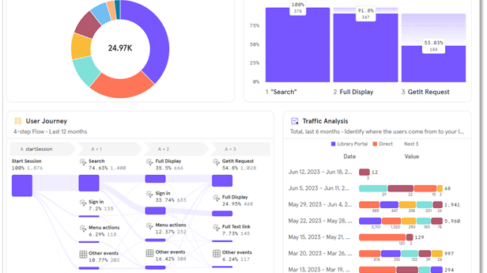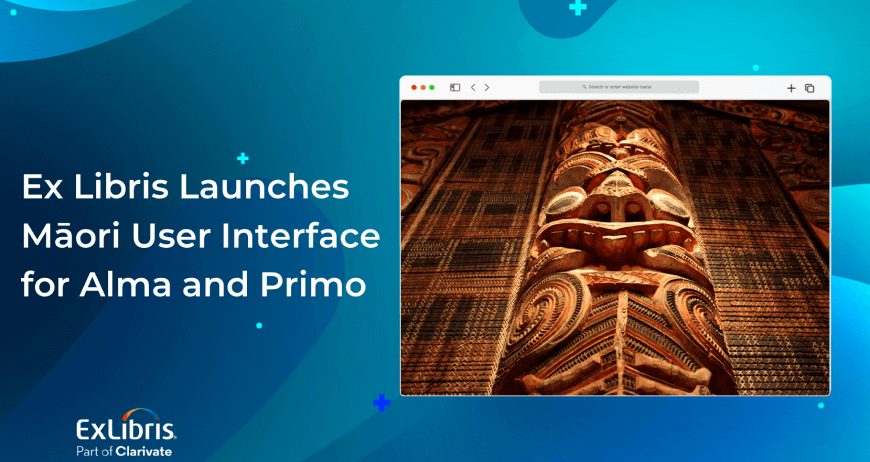By Miri Botzer, Product Manager, Discovery and Delivery, Ex Libris
The previous posts in this series discussed the fundamental principles of UX design, applying those design principles to library services, and finding the right technology fit for your product and audience. In our final post we’ll provide an example of how to put UX principles into action, with a brief description of the new Ex Libris Primo user interface (UI) project.
Guiding Considerations
Because of technological advancements in the last few years and changes in user expectations of library discovery services, Ex Libris decided to embark on a project to overhaul the entire design and search experience of Primo. A simple facelift, tweaking the CSS or external appearance of the user interface would not be enough; rather, we wanted to reexamine the entire user experience from the inside out, and create a product that would stand at the forefront of technology and design.
New Functionality & Design
In order to provide the best experience for our library users, the Primo results page is redesigned to deliver a clear, easy to select list of possible resources and to address the users’ needs as quickly as possible with the most intuitive design.
Noteworthy features/changes include:
One-click action buttons that provide immediate access to the most commonly-taken actions
User studies made it clear that patrons are mostly interested in one of the following:
- Finding a known item and getting the electronic or physical copy
- Collecting the bibliography as part of the research phase, and keeping it for future read, or for another task
 |
| Primo UI: Action-oriented design |
 |
| Primo UI: Only one click is required to send an item to a citation manager, to favorites, or to print or email |
Regardless of which type of device or OS the user is accessing the service from, the system will automatically customize the view to fit the user’s screen size and resolution. Optimized apps deliver the most visually appealing display across devices. Some features may be hidden or adjusted on the initial screen when viewed on smaller devices, providing users a compelling experience.
ook and feel for the user ILS functionality
 |
| Primo UI: User’s ‘My Library Card’ |
Bottom Line
Delivering the experience today’s users demand is key for every institution and company. UX may be put into practice in diverse ways across different industries, but it always has the same purpose: to engage users by combining intuitiveness, accuracy, and relevance and by delivering the expected outcome without delay. Download the full report to learn everything you can about each of these essential topics, and build the kind of system your target audience expects.











